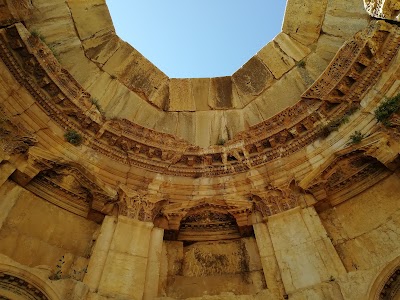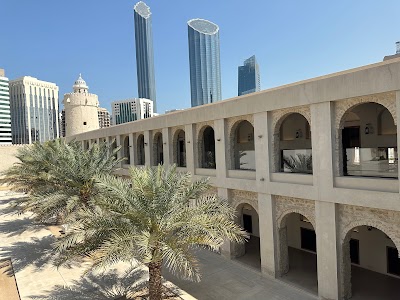Heliopolis (هليوبوليس)
Related Places
Overview
In the ancient city of Baalbek-Hermel, Lebanon, lies one of the most enigmatic wonders of the ancient world: the Trilithon of Baalbek. These colossal stone blocks form part of the foundation of the Temple of Jupiter and have baffled archaeologists and historians for centuries due to their immense size and the mystery surrounding their construction.
The Trilithon consists of three gigantic stones, each estimated to weigh around 800 tons. Among the largest stones ever used in construction, they measure approximately 19 meters (62 feet) in length, 4.3 meters (14 feet) in height, and 3.6 meters (12 feet) in width. The precision-cut sides of these stones and the remarkable way they fit together without mortar showcase incredible feats of engineering that continue to astonish visitors.
Constructed during the Roman period—around the 1st century BC to the 1st century AD—this site was revered as Heliopolis. The Romans selected this location to build one of their most ambitious temples dedicated to Jupiter, the king of their gods, signifying their architectural prowess and religious devotion.
The methods used to cut, transport, and position the Trilithon remain largely speculative due to the sheer size of the stones. One popular theory posits that the stones were quarried from a nearby site known as "the Stone of the Pregnant Woman" (Hajar al-Hibla). This quarry, located roughly one kilometer away from the temple, houses an even larger stone, weighing around 1,000 tons, that remains partially cut—possibly abandoned due to its monumental size.
To separate and transport these massive blocks, ancient engineers likely employed a combination of basic tools and ingenious techniques. They may have used large wooden rollers, sledges, and the strength of many workers to pull the stones. The incline between the quarry and the temple complex presents additional challenges, suggesting that ramps and levers were essential for maneuvering the stones into place.
Upon arriving at the temple site, the astonishing precision with which the Trilithon blocks were cut and positioned becomes evident. The stones fit together so snugly that not even a single sheet of paper can be inserted between them, indicating the use of advanced measurement and cutting tools—capabilities rarely attributed to ancient civilizations.
The cultural and religious significance of Baalbek was immense, with the Temple of Jupiter, including the Trilithon, serving as a major pilgrimage site and a symbol of Roman architectural excellence. The entire complex stood as a testament to the might and technological advancement of the Roman Empire.
Today, the ruins of Baalbek, with the Trilithon as a focal point, continue to attract tourists, historians, and engineers from around the globe. The site’s mysterious origins and the monumental effort involved in its construction have fueled various alternative theories, even suggesting extraterrestrial involvement or the existence of lost ancient technologies.
Regardless of the myriad theories, the Trilithon of Baalbek remains a testament to human ingenuity. It exemplifies how ancient civilizations achieved feats that inspire awe and curiosity to this day. The site endures as a marvel of human accomplishment, seamlessly blending architectural brilliance with historical mystique.







